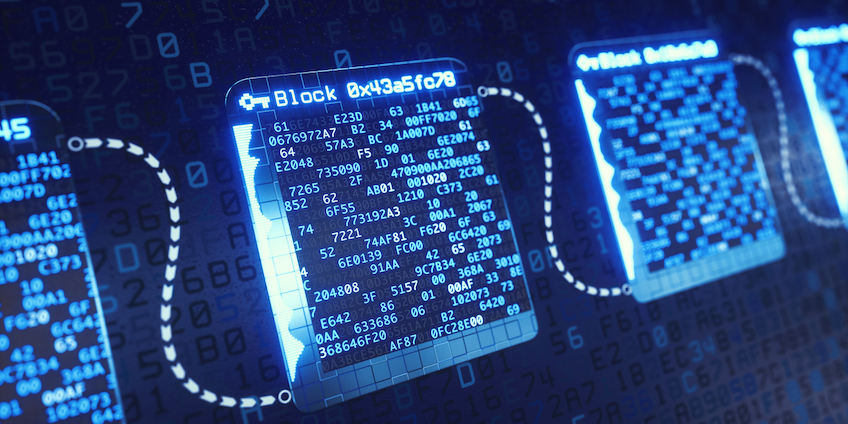‘Blockchain’ is the buzzword in many conversations from conferences to panels to start-ups, and while many of us nod along and acknowledge it as a revolutionary technology – we wanted to understand in more detail what blockchain is and what impact it could have on supply chains.
Blockchain initially emerged in the context of the cryptocurrency Bitcoin in 2008, but blockchain and other digital technologies are revolutionising a wide array of industries beyond the world of cryptocurrencies. Referred to as Industry 4.0, there is a major technological transformation underway and procurement will be heavily involved.
So, what is Blockchain?
CIPS define blockchain as ‘an encrypted network that stores records of a transaction and communicates this to all other node points within the network’ [1].
Let’s look at this in more detail…
- Blockchain’s network is a type of ‘Distributed Ledger Technology (DLT)’.
The ‘ledger’ in DLT just means that it is a database or store of information holding data which could be documents/spreadsheets/a record of transactions. It is considered ‘distributed’ as there are multiple copies of this database that form a collaborative network. Within this network, the copies remain identical and thus cannot be changed unless an update is made to them all simultaneously. In blockchain terminology, each of these copies is referred to as a node. - Blockchain technology is made up of decentralised nodes.
This means that no single entity will own the ledger but rather ownership is across all the nodes (identical copies). - Blockchain is secure as all the information is encrypted.
Having a copy of the Ledger means that you can access it, however all data within the blockchain is encrypted.
Without a digital key, the data cannot be decoded, so even if data is stolen or intercepted, it cannot be viewed or altered meaning that it can be shared amongst parties and organisations with confidence.
This is of utmost importance as blockchain and DLT’s are all about having networks of organisations working together. - Blockchain records data in a timestamped block. Each block holds 3 key things:
1) data (which could be a transaction or a particular action)
2) a hash which is essentially a unique code (a bit like a fingerprint to a human)
3) and finally, the hash of the previous block. When a new block is added to the chain, it is cryptographically linked to the previous block through the hash and timestamp, so each block follows another in a sequential chain. Because it is entirely linked, essentially, if you try to change anything within the sequence the blockchain will reject it – this means that the blockchain is ‘immutable’ i.e., impossible to change. This entire system allows for a perfect single source of truth to be achieved between organisations.
Read the full insight on the Procura Consulting website

